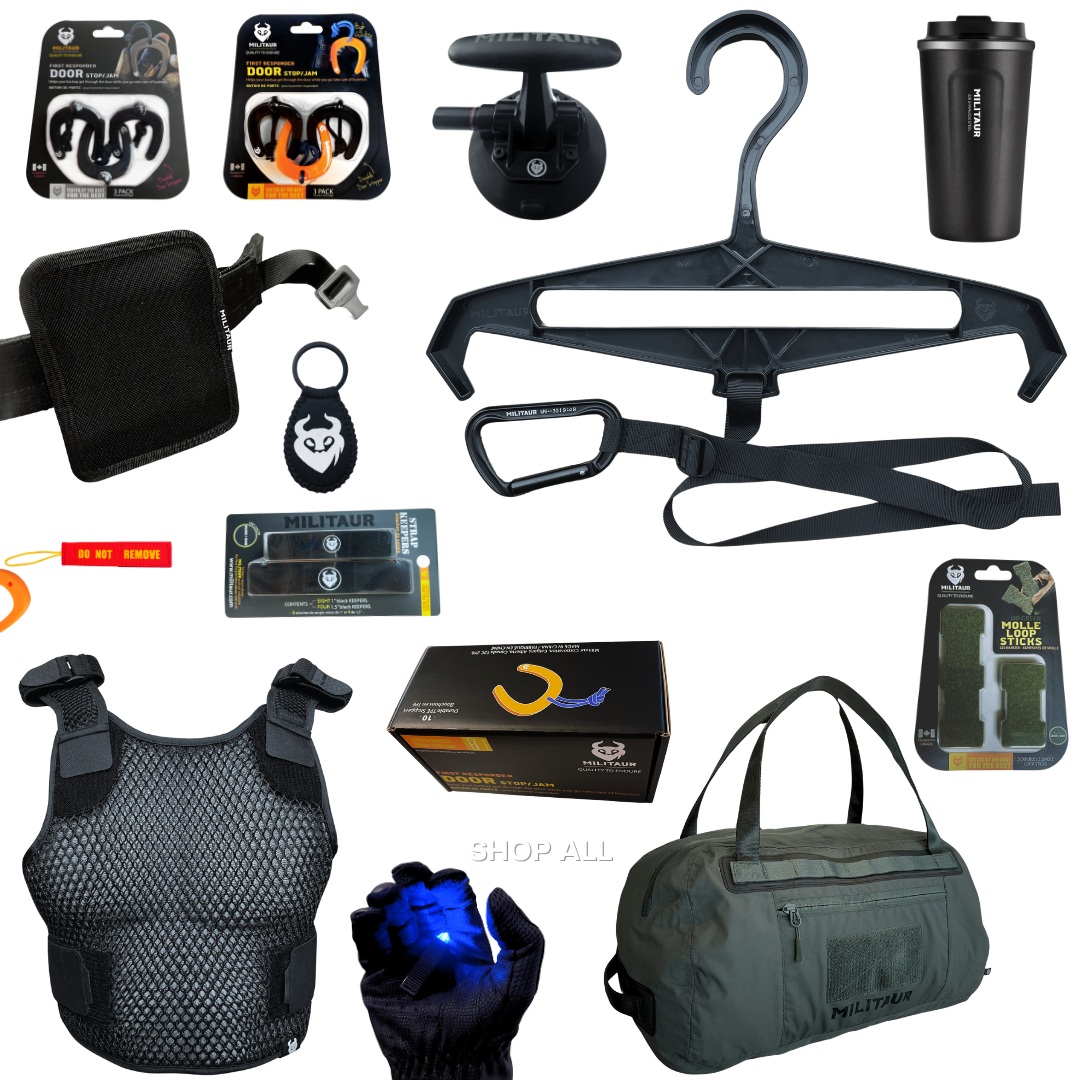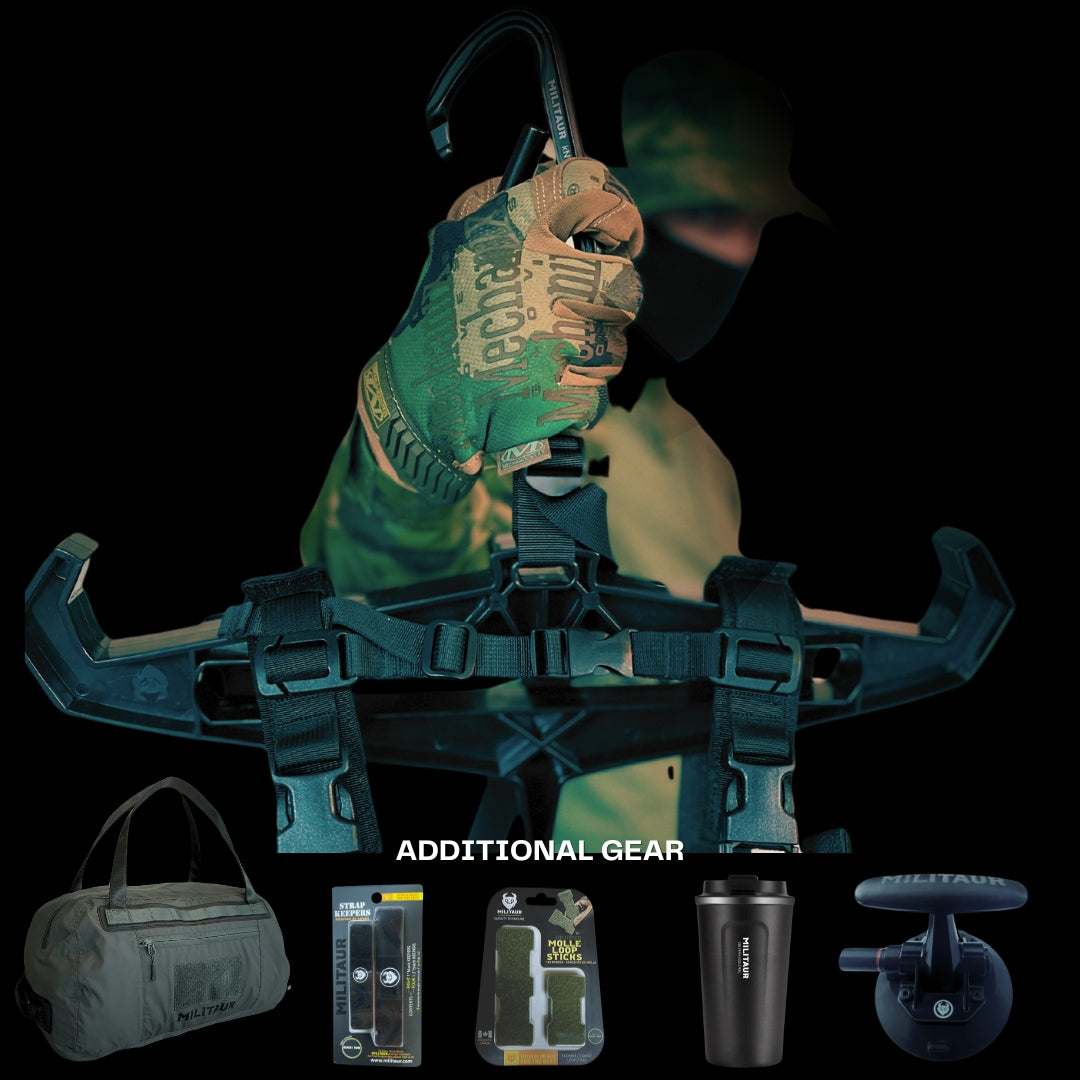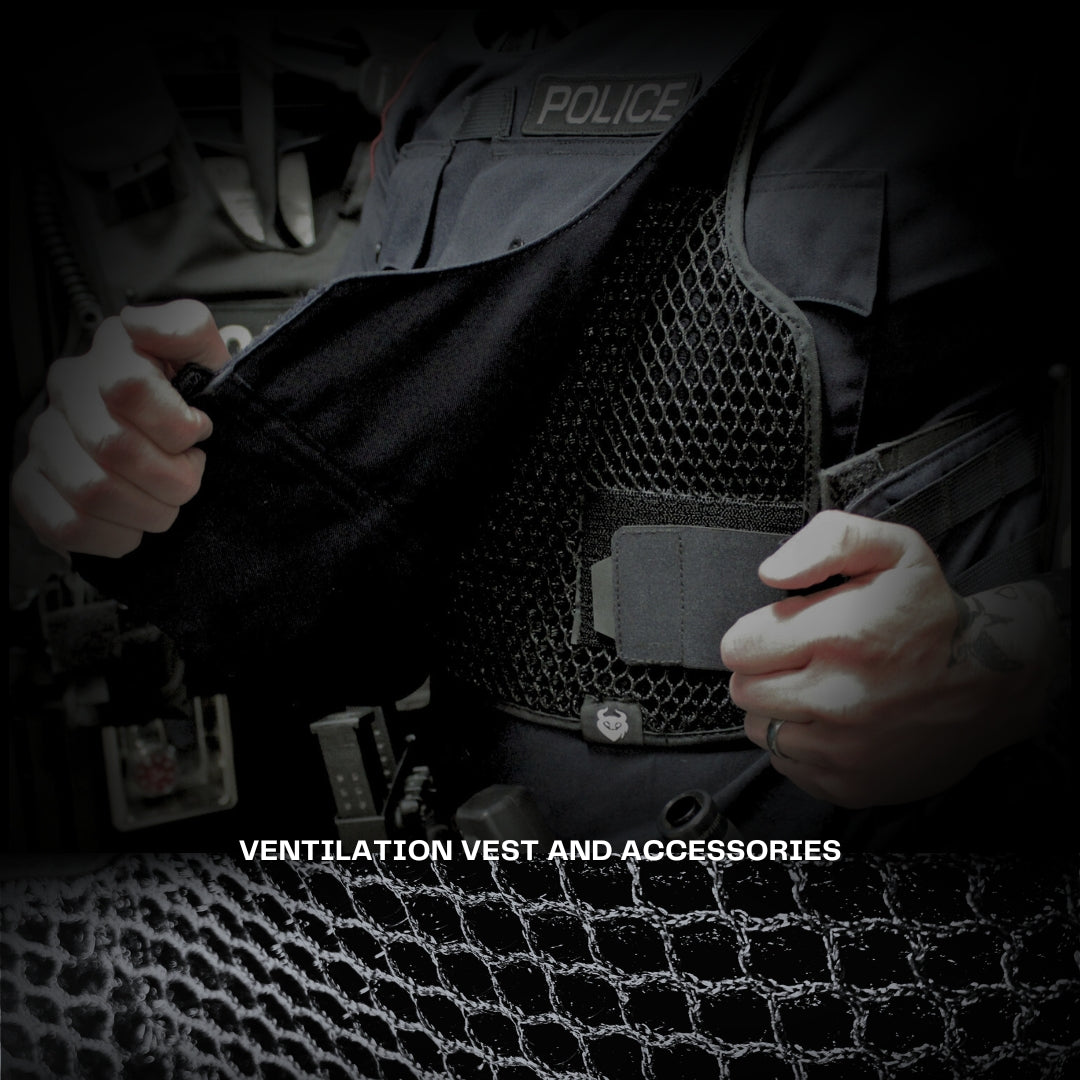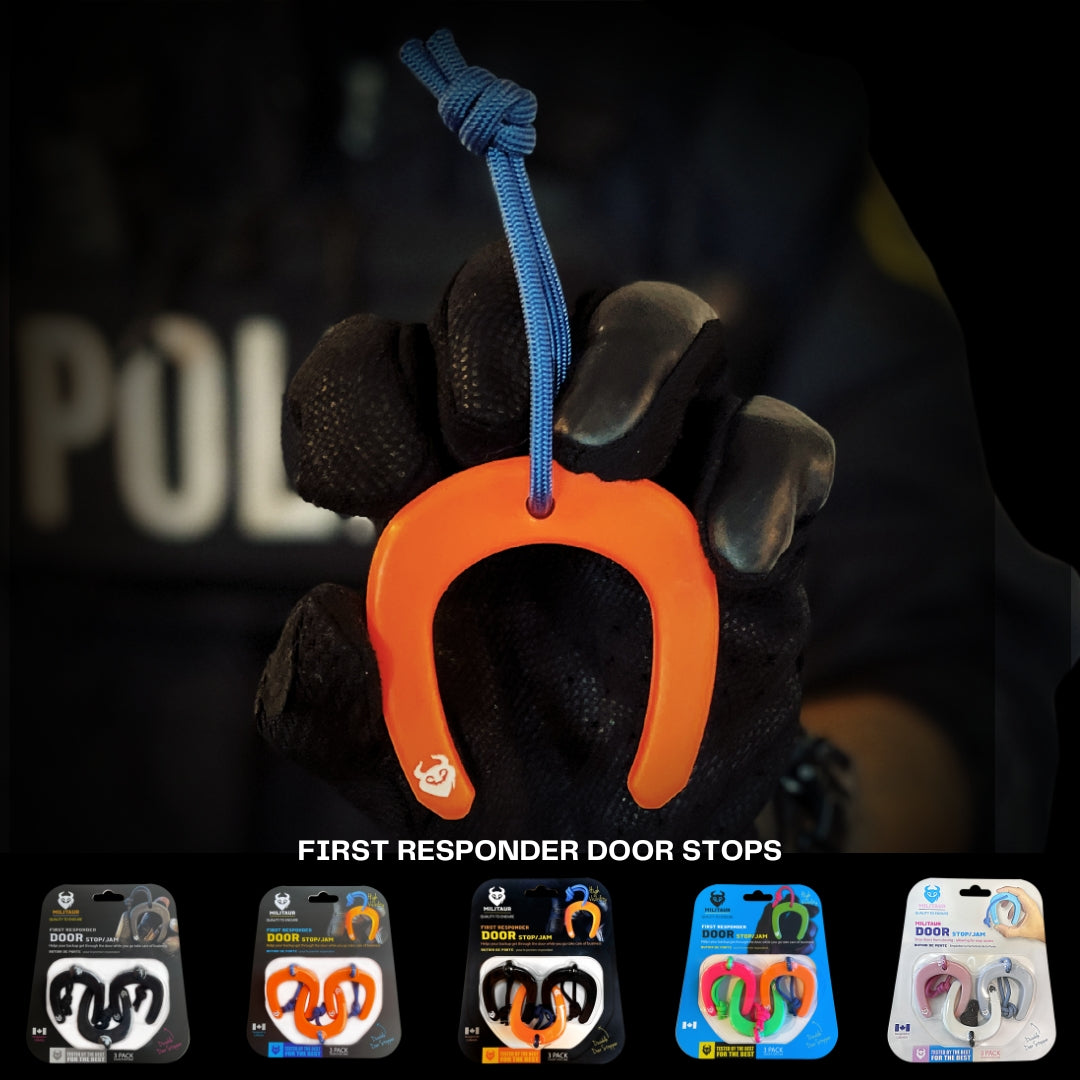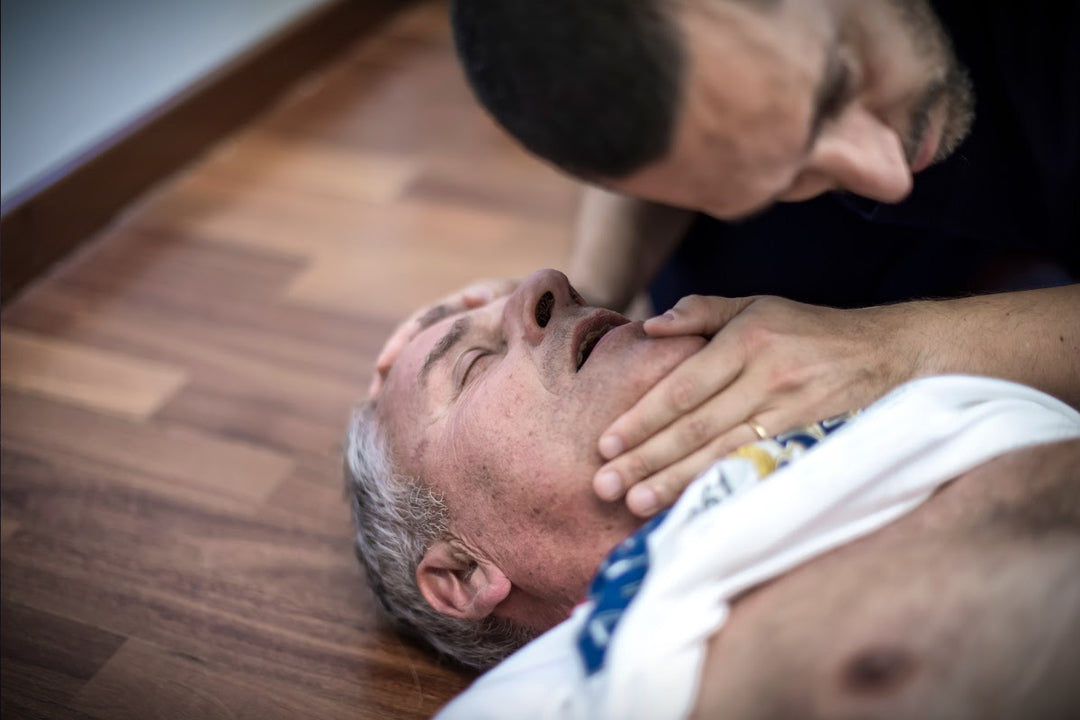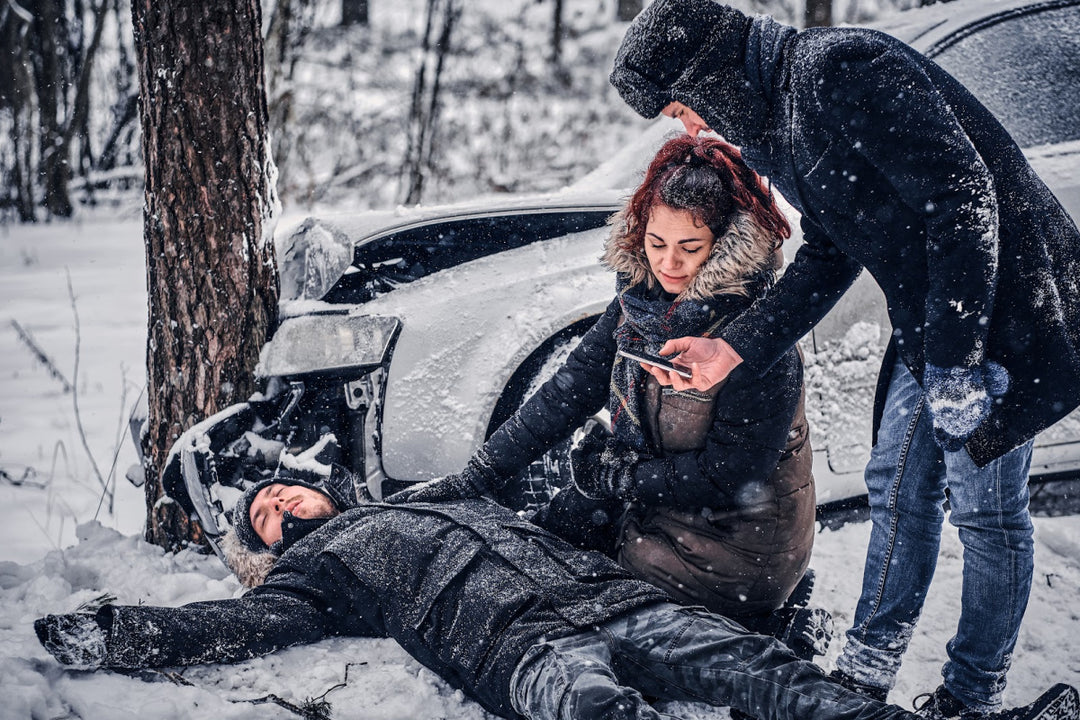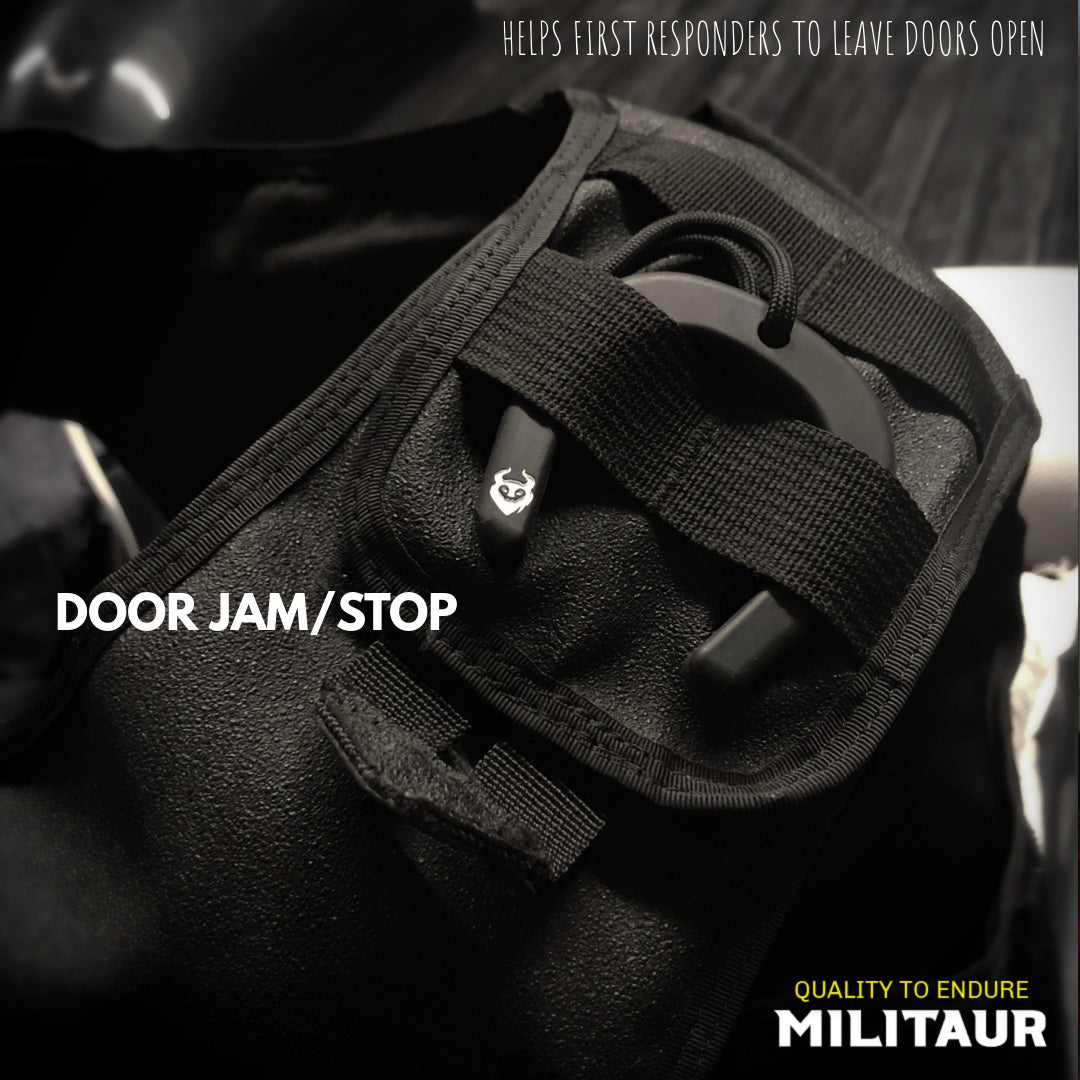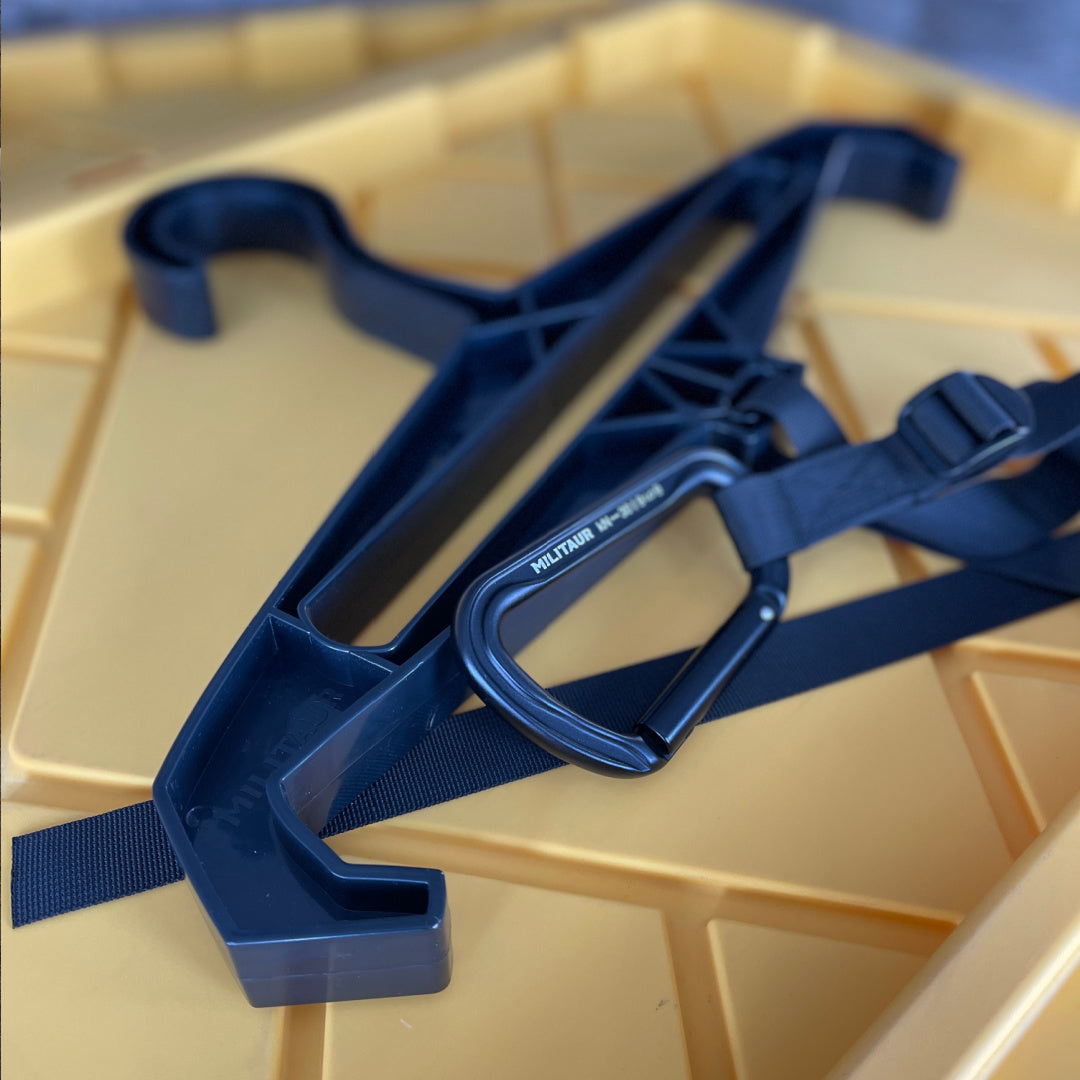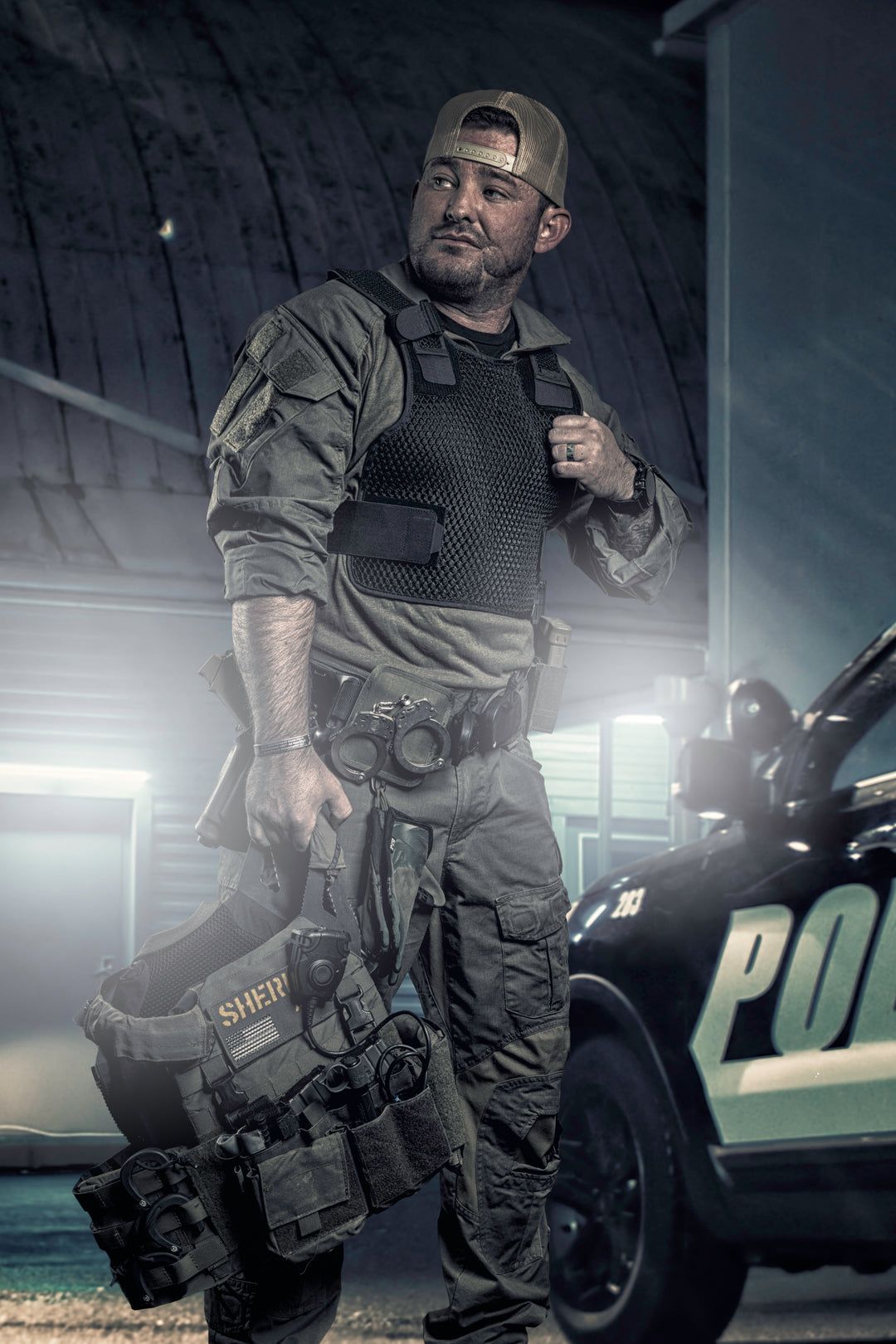How to Stay Cool in the Heat
One of the most significant challenges facing law enforcement and the military today is heat exhaustion. Those who work outdoors are particularly susceptible to dehydration, heat exhaustion, and heat stroke. The sun, especially during the summer months, brings many risks, but when you combine that with a physically demanding job and heavy body armor, then you have a recipe for serious injury and, in extreme cases, death.
Heat-related illnesses can have a devastating impact on a person’s health and performance. In the short-term, it can put an individual out of action, but there are also many long-term effects which can be caused by prolonged exposure to heat, and, with the amount of extra body protection being worn, that heat need not reach peak temperatures to cause physical damage.
Staying cool is key. If you can stay cool, then your body is going to be immune to the effects of the blistering sun and rising body temperatures. From drinking more fluids to finding shade, to wearing a cooling vest (such as the Armadillo Dry Cooling Vest), there are many precautions which you can take to protect yourself, and be there, in times of need, for those around you.
The Effects Of Heat
DEHYDRATION
When your body is deprived of liquid, it cannot perform as it should. A lack of water is a common problem for much of the population, not only law enforcement and the military, and it is essential that everyone remains hydrated. If you are not adequately hydrated, then there are many symptoms which can present themselves, both physically and mentally.
Dehydration can cause headaches, muscle pain, fatigue, digestive problems, and more. Psychological effects include irritation, tension, anxiety, lack of judgment, lack of concentration, and memory problems.
HEAT EXHAUSTION
Heat exhaustion is your body’s warning system, and a precursor to heat stroke. Heat exhaustion occurs when the body loses too much water and salt, mainly through excessive sweating. If heat exhaustion is not untreated (by fluids or cooling vests, for example), then it can lead to heat stroke.
Signs of heat exhaustion include heavy sweating, fatigue, confusion, nausea, paleness, cramps, shallow breathing, weakness, moist skin, and higher body temperature. If heat exhaustion can be caught early and treated, then serious problems can be avoided.
HEAT STROKE
When your body cannot control its temperature, then your body heat will continue to rise, and your ability to sweat will be compromised. This combination will render the body unable to cool itself. If your body temperature reaches 103 F, then heat stroke occurs. This can occur rapidly on hot days and especially when you are under prepared. Heat stroke can bring many problems, and long-term disability is a threat if heat stroke is not prevented or treated.
Heat stroke can bring with it, headaches, fainting, confusion, dizziness, muscle cramps, vomiting, irregular heartbeat, rapid breathing, and more. In extreme cases, you may find yourself confused, disorientated, hallucinating, visually impaired, or unconscious. In rare cases, heat stroke can lead to a coma and even death.
Protecting Yourself From Heat
The great news is that preventing dehydration, heat exhaustion, and heat stroke are easy to do. As long as you prepare adequately, and monitor your body temperature when you are on shift, you can continue to protect and serve those around you without compromising yourself or putting yourself in danger. So, what steps can you take?
PREPARATION
Preparation is the first step in protecting yourself. If you prepare before you begin, then you will have the upper hand when it comes to knowing the conditions and environment into which you will be thrust. The first thing which you should be looking at is the temperature and humidity forecast. The hotter it is going to be, the more risk there is of a heat-related illness. What you may not know, is that the humidity can be a problem too.
Your body sweats to cool its core temperature. As the sweat evaporates, the heat is taken with it, but, when the humidity rises, it becomes harder for the moisture to evaporate. In humid climates, you can find yourself drenched in sweat, but your temperature continues to rise. When the humidity is high, you need to ensure that you are wearing moisture-wicking clothing or a cooling vest. It is also recommended that you pack extra clothing so you can change when your clothing becomes too moist.
CLOTHING
Moisture-wicking shirts will help to take the sweat from your body and channel it away from moist areas into drier areas, where it can evaporate and take the heat from your body. In extreme cases, this will spread the moisture out and allow you more time before you have to change your shirt for a dry one.
A cooling vest can be worn under your uniform to keep you cool. The best cooling vests, such as the Armadillo Dry Cooling Vest, will also allow breathability and moisture wicking. The Armadillo Dry Cooling Vest helps you to stay cool in the harshest conditions. The lightweight honeycomb mesh encourages the air to flow, keeping you cool when it is hot and warm when it is cold. The vest retains its shape and will not ride up (as many other cooling vests will do), and the shape-retaining characteristic helps to distribute the weight of your personal protective equipment and body armor.
Mesh vents on your uniform can also help to promote airflow. When choosing your uniform, not only should you keep this in mind, but you should also try to wear light-colored clothing if possible. These lighter colors will help to reflect the sun’s rays, instead of absorbing the heat as darker colors will.
Loose clothing will also help to keep you cool, but this is often impossible when you have to wear heavy body equipment which will press against your body due to the weight and protective qualities of the clothing. The Armadillo Dry Cooling Vest can also provide a buffer between you and your protective clothing. Not only will you feel more comfortable, and less restricted, but the buffer will give room for the air to flow and the moisture to escape.
A hat is critical in protecting your head, face, and neck. There is a good chance that you will be provided with a hat as part of your uniform, but if you have not, then it is always recommended that you wear a cap or any other hat with a wide brim.
WHILE ON SHIFT
When you are on shift, there are many things which you can do to further protect yourself against the heat and dehydration:
Stay in your vehicle (if possible) when the sun is at its peak. Use the AC to cool you and try to park your vehicle so that you are not in direct sunlight.
When you have a sunburn, your body temperature will naturally rise. This will inhibit your body’s ability to cool itself. Always wear a high-SPF sunscreen when you are outside and reapply generously every two hours.
Carry an emergency heat stress kit with you at all times.
Keep plenty of water with you, and drink water often when you are on shift.
When eating, avoid hot, spicy, and heavy foods. They can all add heat to your body.
Treating Heat Exhaustion
If you feel that you are suffering from heat exhaustion, then it is vital that you find treatment before it turns into heat stroke. Trying to push through can severely impact your health, and it can put those around you in danger. Not only is there a real threat of death, but there is also the threat of putting your colleagues in danger if you cannot do your job. Your body and mind are compromised by heat exhaustion, so seek treatment immediately.
Move to a cool and well-ventilated area. Drink lots of cool water or other non-alcoholic liquids. Take a cool bath, if possible, or wet yourself with a cool and wet towel. If symptoms persist, then consult a medical professional.
The Bottom Line
Not taking the proper precautions and ignoring symptoms can present a real danger to yourself, those around you, and those who you are trying to protect. A job in law enforcement or the military is hard enough, but when you combine hot conditions with the protective equipment and body armor which you need to wear, then there is an additional threat to your health.
Taking precautions, wearing the correct clothing, and monitoring your health on shift is a great way to prevent heat exhaustion. The effects of heat are no laughing matter. Serious injury and death have been caused by ignoring symptoms and not being prepared. Most heat-related injuries and illnesses are completely preventable. Drinking enough water, wearing an Armadillo Dry Cooling Vest, and keeping cool are simple ways to combat the heat.
Protecting and serving is a noble profession. There are some genuine dangers which come with helping others, but the positives far outweigh the negatives. Staying safe, when danger presents itself is a part of everyday life for those in law enforcement and the military. Heat exhaustion should not be one of those dangers, and, thankfully, it need not be.
Thank you for your service.
Steven Doyle


